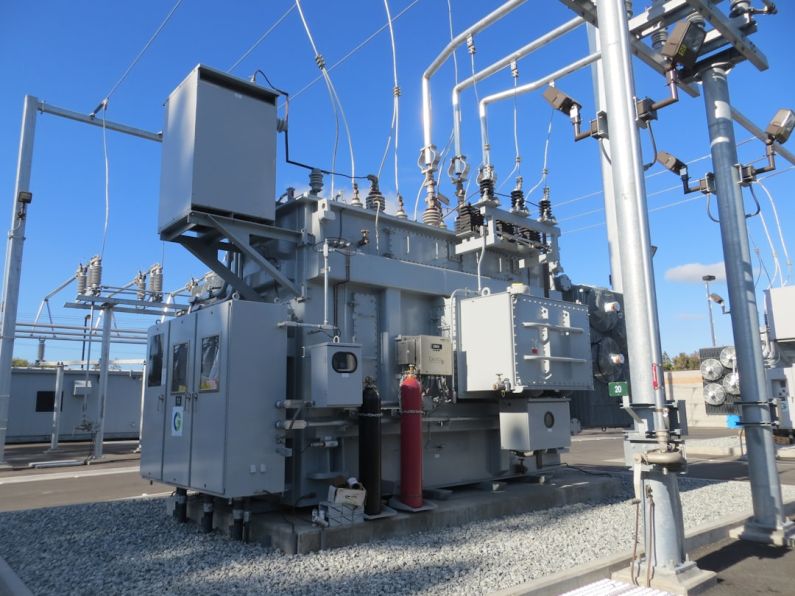How to Care for Power Tools to Prevent Rust and Wear
Power tools are a valuable investment for any DIY enthusiast or professional tradesperson. These tools can be quite expensive, so it’s important to take proper care of them to ensure they last for many years. One of the biggest threats to the longevity of power tools is rust and wear. In this article, we will discuss some simple yet effective ways to prevent rust and wear on your power tools, keeping them in top condition for years to come.
Keep Your Tools Clean and Dry
One of the most basic but crucial steps in caring for power tools is to keep them clean and dry. After each use, make sure to remove any debris or sawdust that may have accumulated on the tool. Use a soft brush or compressed air to clean hard-to-reach areas. Once the tool is clean, wipe it down with a dry cloth to remove any moisture. Moisture is a major catalyst for rust, so it’s essential to ensure your tools are completely dry before storing them.
Store Tools in a Dry Environment
In addition to keeping your tools dry after use, it’s important to store them in a dry environment. Moisture from the air can cause rust to develop over time, so it’s best to keep your tools in a cool, dry place. Consider investing in a dehumidifier for your tool storage area to reduce humidity levels. If you have limited space, consider using airtight containers or toolboxes with moisture-absorbing packets.
Protect Tools with Lubrication
Another effective method to prevent rust and wear on power tools is to apply lubrication regularly. Lubricating the moving parts of your tools not only reduces friction but also creates a protective barrier against moisture and rust. Use a high-quality lubricant specifically designed for power tools, and follow the manufacturer’s instructions for application. Be sure to apply lubricant to all moving parts, such as gears, bearings, and joints, to ensure optimal protection.
Inspect and Replace Worn Parts
Regularly inspect your power tools for any signs of wear or damage. Worn or damaged parts can affect the performance of your tools and potentially lead to accidents. Check the power cords for any fraying or exposed wires, and replace them immediately if necessary. Inspect blades, bits, and other attachments for signs of wear or dullness, and replace them as needed. By keeping your tools in good working condition, you not only prevent wear but also ensure safe and efficient operation.
Use Protective Cases or Covers
When transporting or storing your power tools, it’s a good idea to use protective cases or covers. These will provide an extra layer of protection against dust, moisture, and accidental bumps or drops. Many power tool manufacturers offer custom cases or bags designed specifically for their products. If a custom case is not available, consider using a padded tool bag or a hard-shell case with foam inserts to keep your tools safe and secure.
Conclusion: Long-lasting Tools for Superior Results
Taking care of your power tools is crucial if you want them to last for years and perform at their best. By following these simple yet effective tips, you can prevent rust and wear, ensuring that your tools are always ready for the job at hand. Keep your tools clean and dry, store them in a dry environment, lubricate regularly, inspect for wear, and use protective cases or covers. With proper care and maintenance, your power tools will continue to deliver superior results, making your DIY projects or professional work a breeze.






